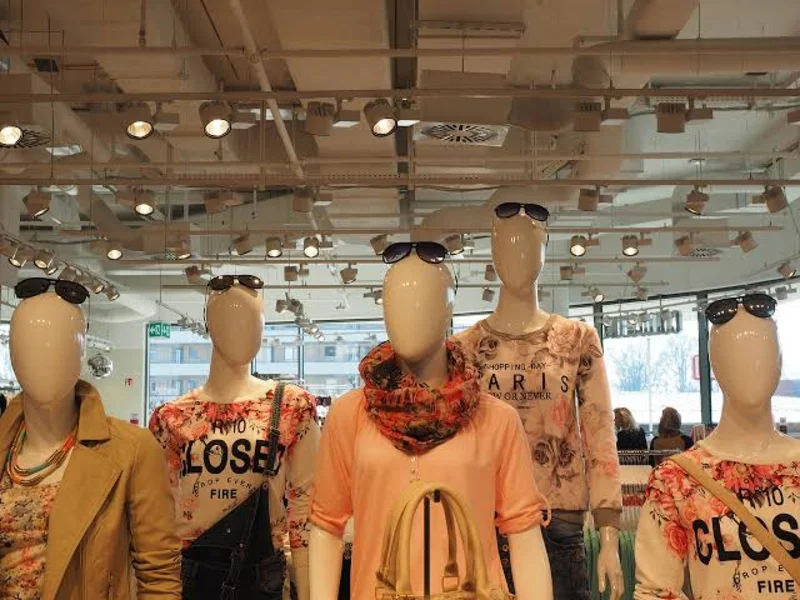A Brief History Of Mannequins
Mannequins are common on the shop floors and in the brightly lit displays of clothing retail businesses. These often unnerving human likenesses have a surprisingly long history. This article looks at the genesis and emergence of the mannequin over the years.
Clothes Fit For A Pharaoh
When the archeologist Howard Carter presided over the opening of the boy king Tutankhamen’s tomb in 1923 he discovered the world’s oldest example of a mannequin. It was hidden among the disassembled chariots in the antechamber of the tomb and was a life-size replica of the king’s torso and head.
The relative featurelessness of the torso in comparison to the head led Carter to believe that he had discovered a model specifically designed to host the kingly clothes of the boy pharaoh. Pharaohs were often buried with worldly possessions in order to provide them with supplies on their journey to the afterlife. A clothes mannequin may have been deemed an essential luxury for somebody as senior as the god-king.
The European Fashion Doll
In Medieval Europe, an ancestor to the modern mannequin emerged in the form of the fashion doll. Fashion dolls came in all sorts of shapes and sizes. They were dressed in the latest styles and helped to spread the news of new fashions around the continent. Because of their elaborate and beautiful nature, they were often sent as gifts.
Charles IV of Spain sent several elaborately dressed fashion dolls to the Queen of England in 1391 as part of the two nations’ ongoing peace negotiations, and Henry IV of England sent the powerful Medici merchant women fashion dolls in order to gain their favor.
Off With Their Heads
France (or more specifically the French court), was considered to be the home of high fashion for much of the Early Modern period. Changes in fashions for the French often led to changes elsewhere. After the French Revolution, it wasn’t just the nobility that routinely lost their heads. Mannequins became more utilitarian – often losing their heads and other human features.
The Industrial Revolution
The industrial revolution prompted a rethinking of the fashion industry and production. Clothing could be mass-produced for the first time and the financial system of modern capitalism arose in a way that we would recognize today. The first modern mannequin with a head and movable body parts was developed in France in 1870 in conjunction with the industrialization of clothes production and sale.
Electrification
Electrification prompted the replacement of retail hangars with mannequins in the storefronts of America and Europe. Stores could light their shop fronts efficiently, and the discipline of visual merchandising was created in order to make the most use out of constantly lit windows.
Ideal And Identity
For many years, mannequins have been designed to represent the ‘ideal’ human form. Sleek, muscular, and sexualized. This is beginning to change. Modern mannequins are often produced in multiple sizes and with multiple body shapes – representing the actual wearers of clothing far more accurately.
Visit the rest of the site for more articles.

